Chapter 13
by Anthony Pivko


1. 13.4 - What does the inflation rate reveal about an economy's health?
1.1. Key point #1 - The BLS tracks inflation by gathering information on Americans’ cost of living.
1.2. Key point #2 - In an ideal world, prices would be stable, neither rising nor falling over time. In our real world, prices are always changing. The result can be creeping inflation, hyperinflation, or deflation.
1.3. Key point #3 - The price a person pays for a pair of shoes or any other product is its nominal cost, or its cost in current dollars. The cost in current dollars of all the basic goods and services that people need is the nominal cost of living. Like the nominal GDP, the nominal cost of living is based on current prices.
1.4. Key point #4 - The CPI market basket is based on surveys of thousands of households about their spending habits. This information is used to develop a detailed list of items to track.
2. 13.5 - How does the business cycle relate to economic health?
2.1. Key point #1 - Economies are always changing. Or, as economics writer Charles Wheelan puts it, they “proceed in fits and starts.” Wheelan is referring to the recurring periods of growth and decline in economic activity that all economies experience. Economists call this recurring pattern the business cycle.
2.2. Key point #2 - The term business cycle implies that expansions and contractions occur at regular, predictable intervals. But in fact, the opposite is true. Business cycles are irregular in both length and severity. This makes peaks and troughs difficult to predict.
2.3. Key point #3 - Consumers typically react to higher prices and higher interest rates by cutting back on spending. As sales slow, businesses begin to see profits fall and inventories rise.
2.4. Key point #4 - Economists categorize the indicators they use to track the business cycle based on whether they signal a future change, an ongoing change, or a change that has already begun.
3. consumer price index (CPI) is a price index for a “market basket” of consumer goods and services.
4. real cost of living is the nominal cost of basic goods and services, adjusted for inflation.
5. hyperinflation is when runaway inflation creates extreme uncertainty in an economy. Nobody can predict how high prices will go, and people lose confidence in their currency as a store of value.
6. Coincident economic indicators are measures that consistently rise or fall along with expansions or contractions. They coincide with the phases of the business cycle.
7. Inventory is merchandise that companies or stores have on hand. Faced with rising inventory, firms cut back production and lay off workers.
8. depression is a prolonged economic downturn characterized by a plunging real GDP and extremely high unemployment.
9. 13.2 - How do economists measure the size of an economy?
9.1. Key point #1 - The measure of a nation's economy is determined by its GDP.
9.2. Key point #2 - A steadily growing GDP is generally considered a sign of economic health.
9.3. Key point #3 - DP is based on the market price of every “final” good or service that can be legally sold in a country.
9.4. Key point #4 - Economists use GDP figures to determine not only how big an economy is, but whether it is growing or shrinking and at what rate.
10. 13.3 - What does the unemployment rate tell us about an economy's Health?
10.1. Key point #1 - At any one time, millions of Americans may be out of work. For many of them, the experience is devastating. They struggle to pay bills and to put food on the table. In hard economic times, the number of people who are unemployed rises. When business is booming, the number falls.
10.2. Key point #2 -
10.2.1. Every month, the BLS reports the total number of people who were unemployed for the previous month. By examining a small but representative sample of the population, the BLS can gauge how many people in the entire population are unemployed.
